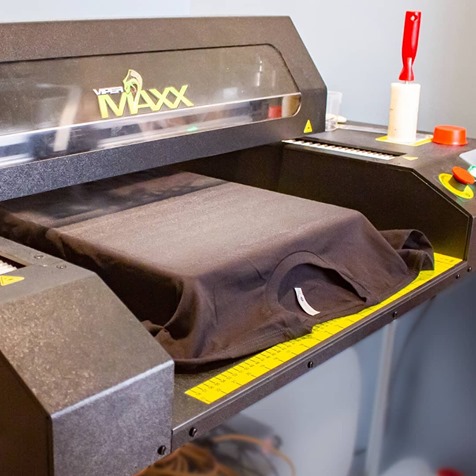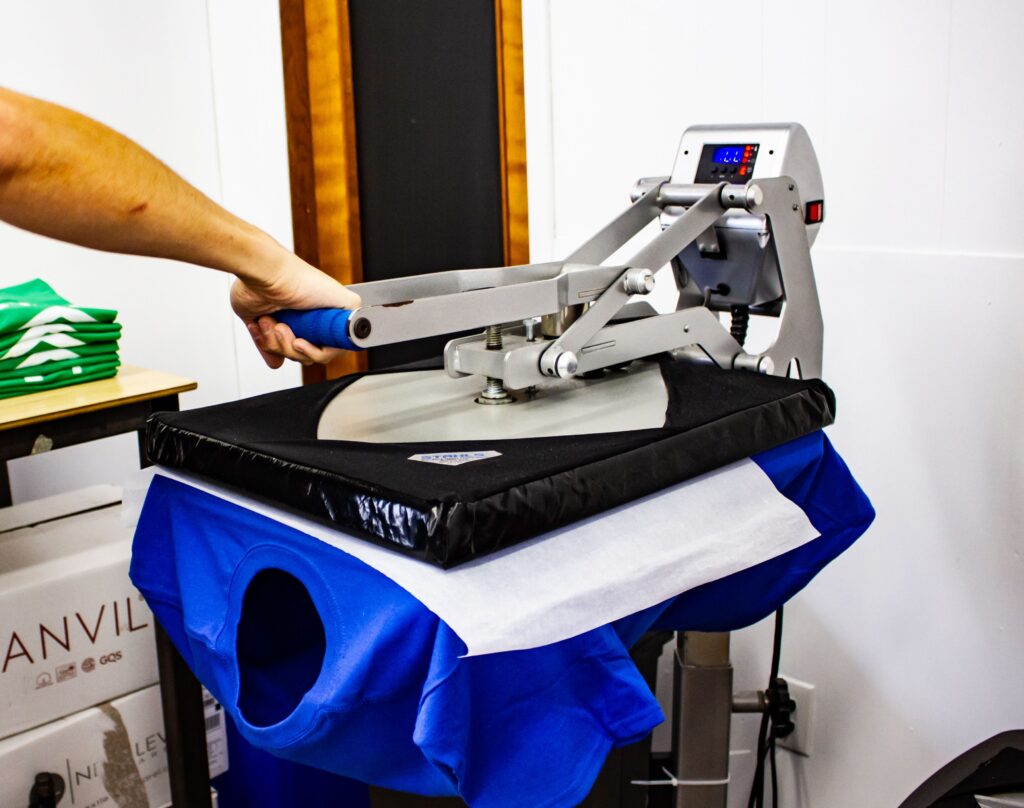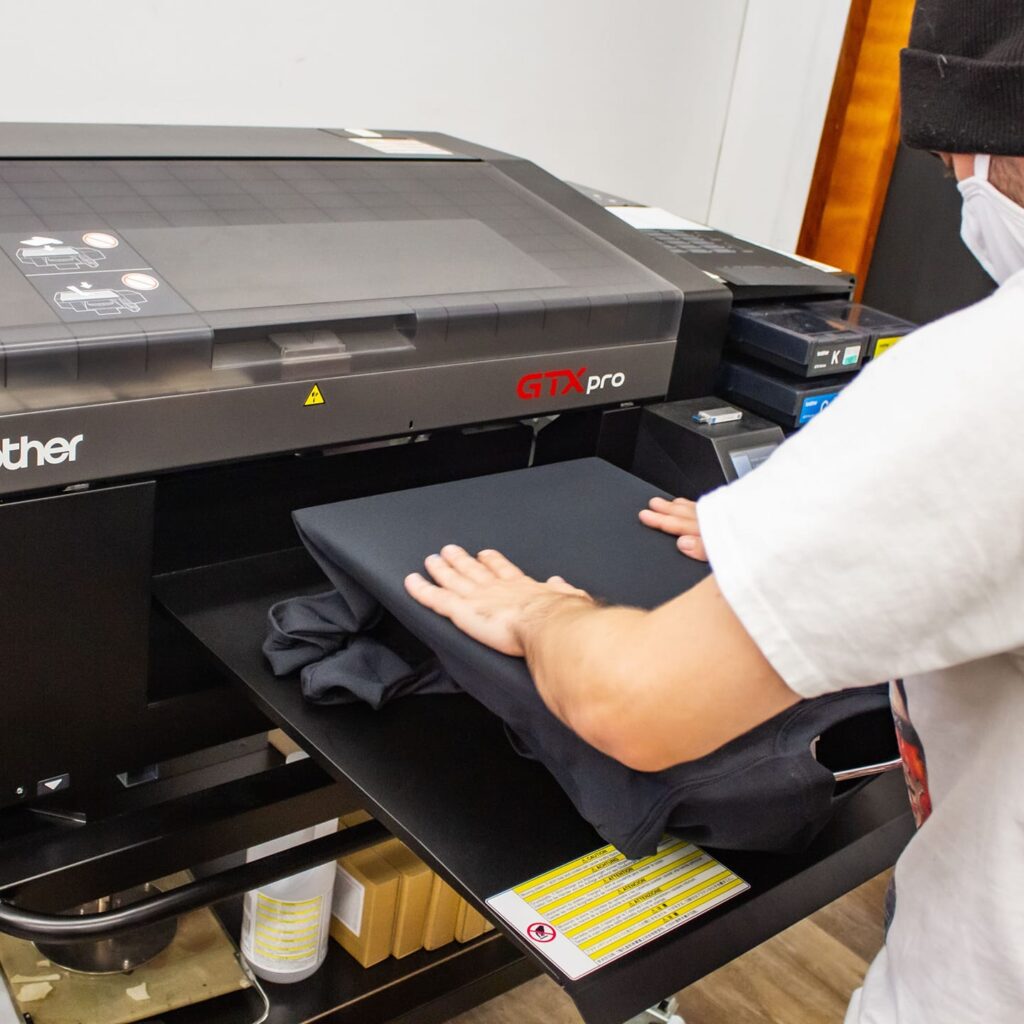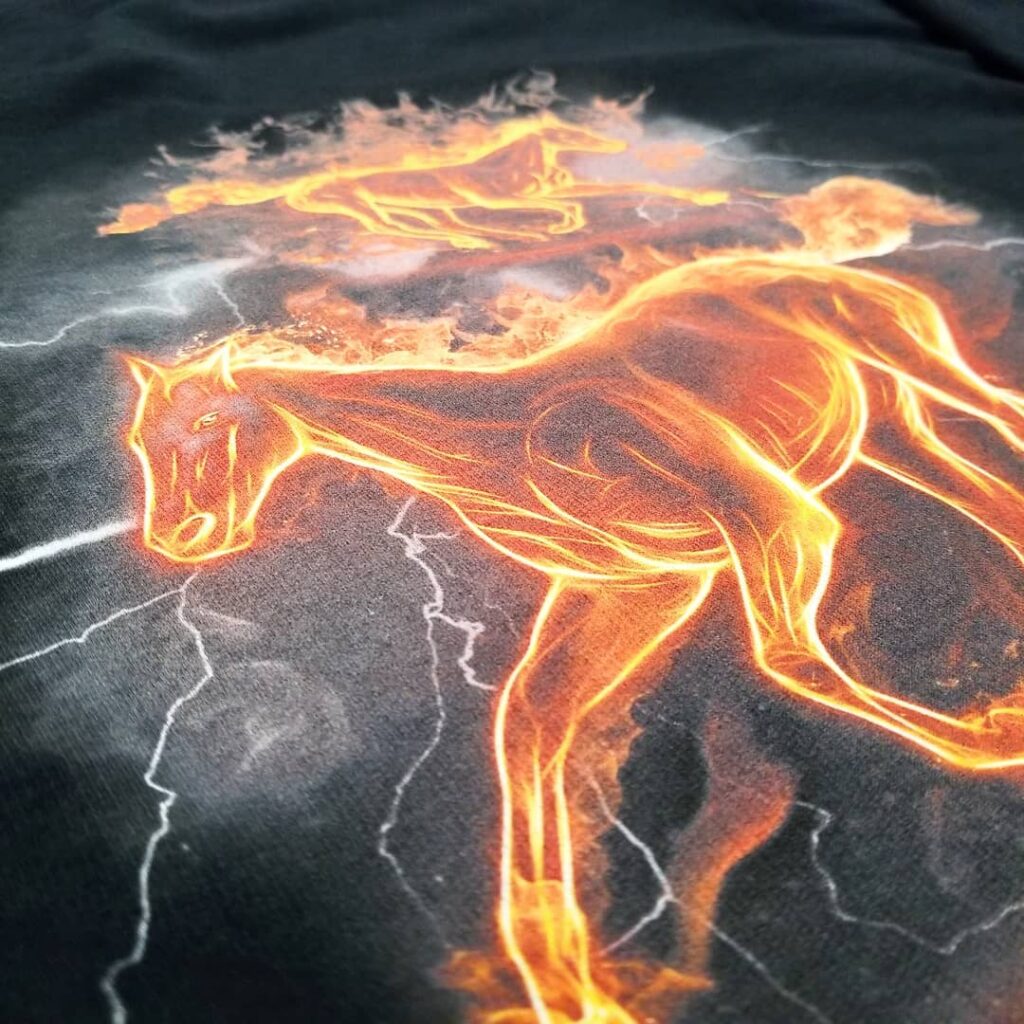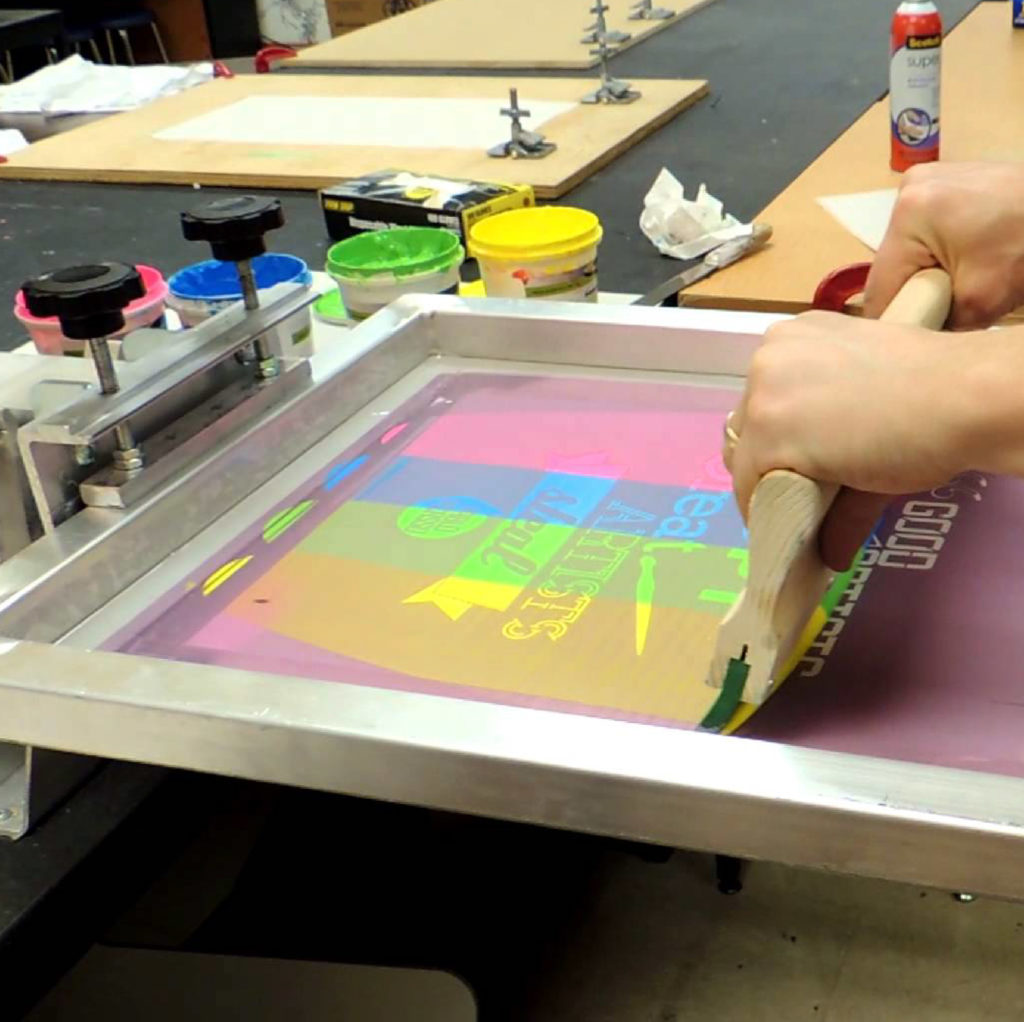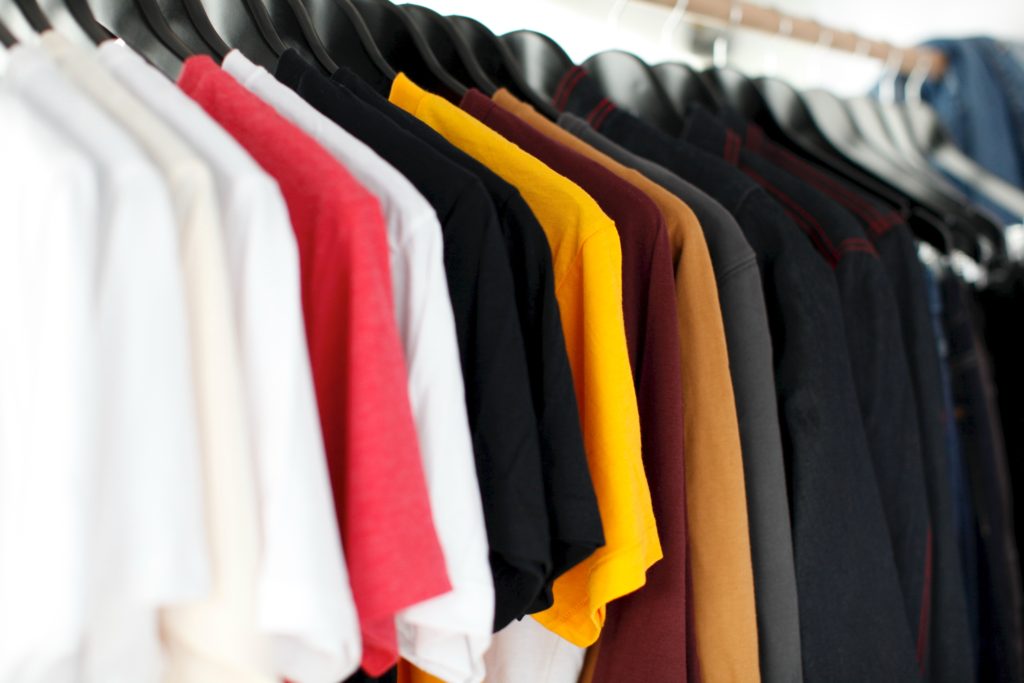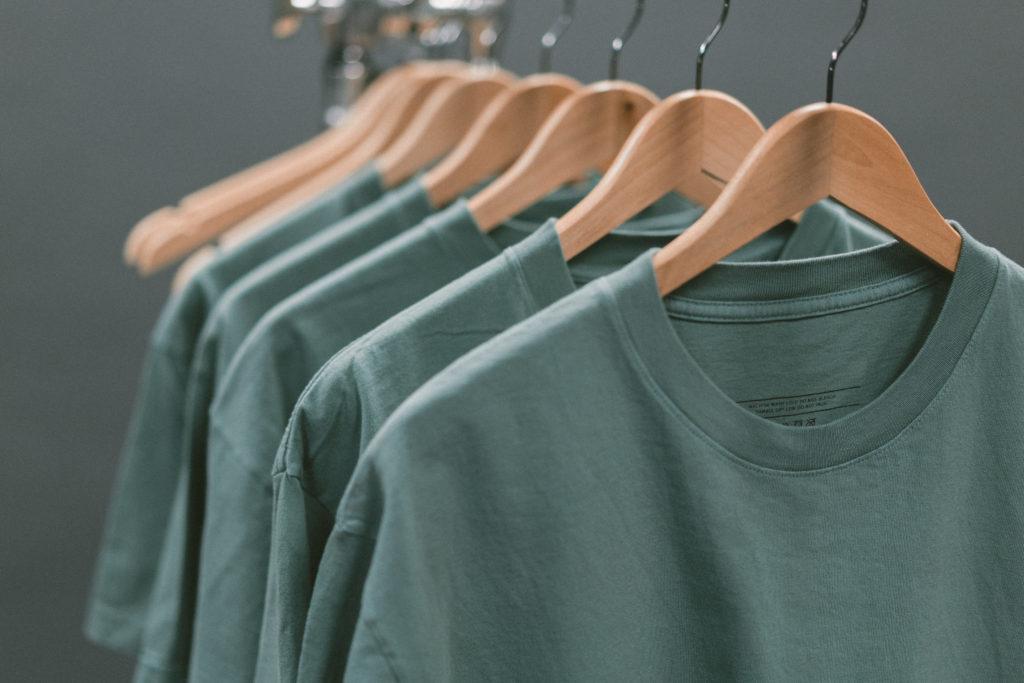The Pre-Treatment Process
Drywall is primed with primer before painting. The primer creates a protective barrier for the drywall that also ensures better adhesion for the paint while also increasing the durability. Likewise, if the paint soaks into the drywall without first priming the surface, the paint will be muted and off color.
The same is true with pretreating any direct to garment shirt. The pretreatment acts just like the primer in the drywall example. It allows the white ink printed through the DTG printer to adhere to and sit on top of the shirt.
If we allow the white ink to soak into the shirt, it will become rey, muted and give us a rough surface for the CMYK inks to print on, resulting in an imperfect, unsellable shirt.
Pretreatment also reacts with the white ink. This reaction is similar to when a screen printer uses a "flash" unit to semi-cure the plastisol ink, which allows the next colors printed on top to stay put and not smear (a result of printing wet-on-wet). The pretreatment "flashes" the white ink causing it to change properties and become more or less a semi-solid surface so when you print CMYK on top of the white ink, it does not mix and look muddled.
Pretreatment is the cornerstone of direct to garment printing. The pretreat process, which is eco-friendly, may or may not leave a faint box around the print. This goes away after one wash cycle. Pretreatment is an eco-friendly liquid solution used in the CMYK+WHITE direct to garment printing process that allows the printing and washability of white ink, or full color images on a variety of colored shirts, most commonly black shirts.



